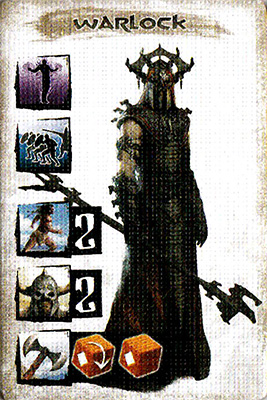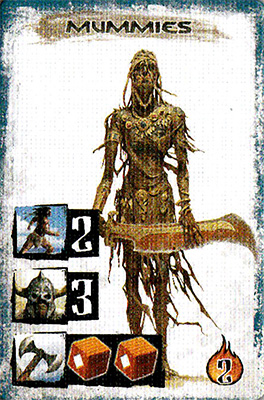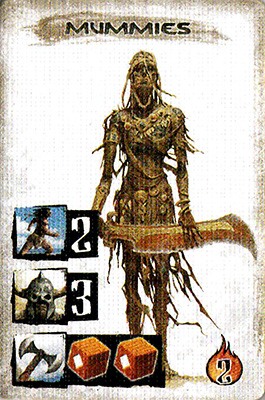The Curse of the Shape-Shifter
Bahram, the influential warlock in the service of the Sultan of Iranistan, has lost control of his powers. He has become a shape-shifter against his own will and no one knows whether this is a punishment from the gods or a curse picked up from his excessive studies of impious mysteries. As the evil continues to worsen, and in fear of losing his human envelope once and for all, the warlock has started a complex and dangerous ritual in order to lift this curse. The Sultan, on the other hand, does not wish to run any risks and has sent Prince Kerim Shah to solve the problem at his discretion; Bahram has become a danger to the ruling family and the people around him.
Kerim Shah is unwilling to send his best warriors to certain death so he buys the services of a band of killers in the streets of the cosmopolitan and colorful Zambula, in Turanian territory. Killers that, provided they are highly paid, have little regard for the dangers that may be incurred; a renegade from the Black Kingdoms - a taciturn barbarian from the north, and a Shemite warrior whose beauty is as dark as her blade is deadly.
Their orders are simple, find Bahram and eliminate him. However, in the face of the warlock’s power, the Sultan will be satisfied if the group succeeds, at the very least, in preventing his ritual thus leaving him to end his days in the form of an animal.
Winning the Game
Heroes
If the heroes kill the Warlock, or prevent the Overlord from warding off the curse before the end of turn 7; the heroes win the game.Overlord
If the Overlord wards off the curse before the end of turn 7; the Overlord wins the game.Setup
Heroes
4 |
Suggested Heroes and Equipment: |
|
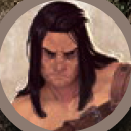 |
Conan the Wanderer (Axe) | |
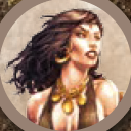 |
Savage Bêlit (Dagger and Parrying Dagger) | |
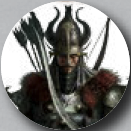 |
Kerim Shah (Sword) | |
 |
Amboola (Dagger) |
 |
After setup, each hero moves 5 gems from their Reserve zone to their Fatigue zone. |
Overlord
 |
The game starts with the Overlord’s turn. |
 |
The Overlord starts with 11 gems in their Reserve zone and 0 in their Fatigue zone, and places the recovery token showing a recovery value of “7” in the Book of Skelos. |
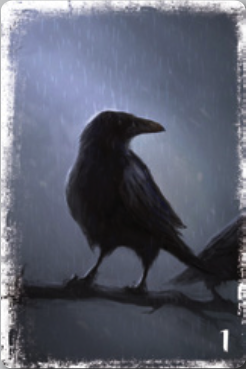 |
When an event tile is activated the Overlord resolves the following event: Reinforcement: 5 reinforcement points
|
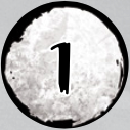 |
During setup the Overlord places the tokens numbered 1 to 3 faceup on the board as indicated by the set up diagram to represent the altars. |
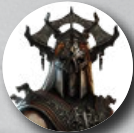 |
Warlock has Return of the Braves and Mitra’s Halo. |
Special Rules
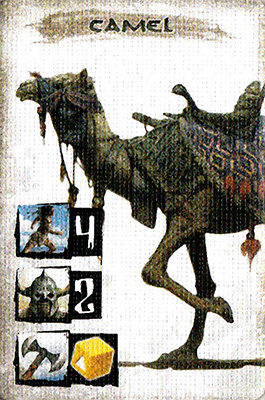
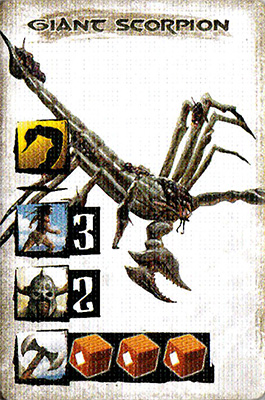
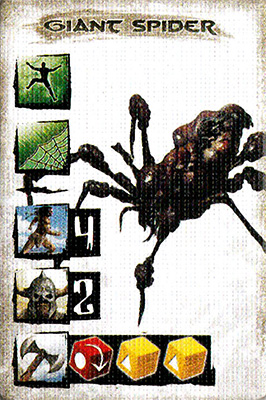 Animal Form:
At the beginning of the scenario the tiles of the
Giant Spider, the
Giant Scorpion and the
Camel are placed next to the Book
of Skelos, unbloody side faceup, these tiles are considered as being the
animal form tiles. The models of the Giant Spider, the Giant Scorpion and
the Camel are placed next to the Book of Skelos, these models are considered
as being the animal form models.
Animal Form:
At the beginning of the scenario the tiles of the
Giant Spider, the
Giant Scorpion and the
Camel are placed next to the Book
of Skelos, unbloody side faceup, these tiles are considered as being the
animal form tiles. The models of the Giant Spider, the Giant Scorpion and
the Camel are placed next to the Book of Skelos, these models are considered
as being the animal form models.
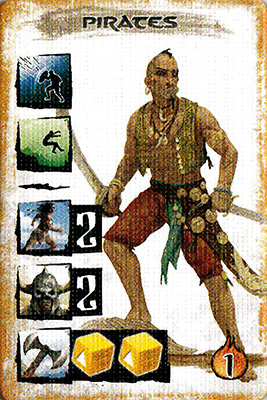 Pirate:
During setup the Overlord places the
Pirate tile (orange, armor value 2
and movement value 2) next to the Book of Skelos.
Pirates are considered neither as being heroes’ allies nor Overlord units;
they do not count for hindering for either side. Pirates can only
be killed by a melee attack performed by the Overlord troops. They do
not suffer damage from wounds inflicted by heroes.
Pirate:
During setup the Overlord places the
Pirate tile (orange, armor value 2
and movement value 2) next to the Book of Skelos.
Pirates are considered neither as being heroes’ allies nor Overlord units;
they do not count for hindering for either side. Pirates can only
be killed by a melee attack performed by the Overlord troops. They do
not suffer damage from wounds inflicted by heroes.
Curse: If at least one of the animal form tiles is placed unbloody side faceup at the beginning of each activation of the Warlock tile, the Overlord carries out the following steps:
- The Overlord chooses one of the animal form tiles unbloody side faceup and turns it bloody side faceup.
- The model representing the Warlock is then replaced by the animal form model corresponding to the animal form tile that has just been turned bloody side faceup. This model now represents the Warlock. The Warlock’s turn will be played in the current animal form.
- While the Warlock is represented by an animal form model, all the characteristics of the animal form tile (movement, armor, attack and skills) corresponding to the animal form model that represents the Warlock, replace all the characteristics of the Warlock tile (movement, armor, attack, spells and skills). If Mitra’s Halo is activated when the Warlock is transformed, it is automatically deactivated.
If all the animal form tiles are placed bloody side faceup at the beginning of each activation of the Warlock tile, the Overlord carries out the following steps:
- The Overlord turns all the animal form tiles unbloody side faceup.
- The model that represents the Warlock is replaced by the model of the Warlock. The Warlock’s turn is then played in the form of the Warlock.
- While the Warlock is represented by the model of the Warlock, the characteristics of the Warlock tile (movement, armor, attack, spells and skills) are used for all that concerns the Warlock.
Warding off the curse:
To ward off the curse the Overlord must sacrifice a Pirate
on each of the three altars. For this the pirate must be in the same area
as an altar token  and the Overlord must kill them using a melee attack. When a pirate is
sacrificed on an altar, the altar token is removed from the board as well
as the animal tile and model corresponding to the altar token
(1-Camel, 2-Giant Scorpion, 3-Giant Spider). If the animal
form model that must be removed from the game corresponds to the
current form of the Warlock, it
is then replaced on the board by the model of the Warlock.
and the Overlord must kill them using a melee attack. When a pirate is
sacrificed on an altar, the altar token is removed from the board as well
as the animal tile and model corresponding to the altar token
(1-Camel, 2-Giant Scorpion, 3-Giant Spider). If the animal
form model that must be removed from the game corresponds to the
current form of the Warlock, it
is then replaced on the board by the model of the Warlock.
Escorting the Pirates: If an Overlord unit starts its activation phase in the same area as a Pirate, the Overlord can decide to move the Pirate model at the same time as the activated unit. The Pirate makes the same move (or part of the move) as the Overlord unit. If the Overlord uses a Movement benefit for the activated unit, the Pirate can follow the unit without the Overlord moving an additional gem for the pirate’s move. At any moment of the unit’s move, the Overlord can decide that the Pirate will no longer follow the unit in question and so stop the Pirate. It must not be forgotten that Pirates do not count for hindering. An Overlord model can only move one Pirate with them and each Pirate can only be moved once per tile activation.
Attacking the Warlock: When the Warlock is represented by an animal form model the heroes cannot target it with an attack (Melee or Ranged).
Altar: A hero in the same area as an altar can perform a simple Manipulation to activate the altar. If a hero activates the altar corresponding to the current form of the Warlock (1-Camel, 2-Giant Scorpion, 3-Giant Spider) then the animal form model is replaced by that of the Warlock.
Lines of Sight: A character in a wall area has line of sight to each ground area within the fortress walls. An area in a tower and an area outside that tower are within each other’s line of sight only if the areas are in or adjacent to the tower.
Leaping from Walls:
A character can move across a parapet from a wall area to
a ground area as though it were a border. The character rolls 2 Red

 dice for
falling damage. If the character has
Leap, the character rolls 1 Red
dice for
falling damage. If the character has
Leap, the character rolls 1 Red
 die instead.
die instead.
Rock Slides:
A character can move into a rock slide area
 from an
adjacent area. The character must spend 2 extra movement points unless
the character has Climb.
from an
adjacent area. The character must spend 2 extra movement points unless
the character has Climb.
Chests: During setup, the Overlord places 4 chests on the board as indicated by the setup diagram. The asset deck contains: 1 Battle Axe, 1 Turanian Sword, 1 Tribal Mace, and 1 Zingaran Bow.
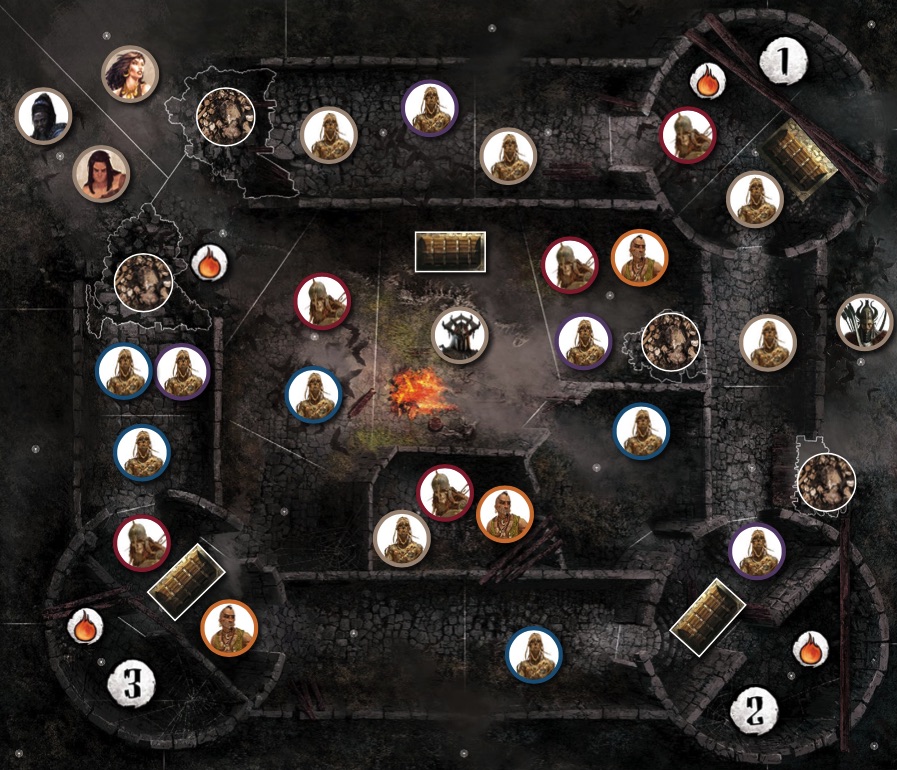
 .
.